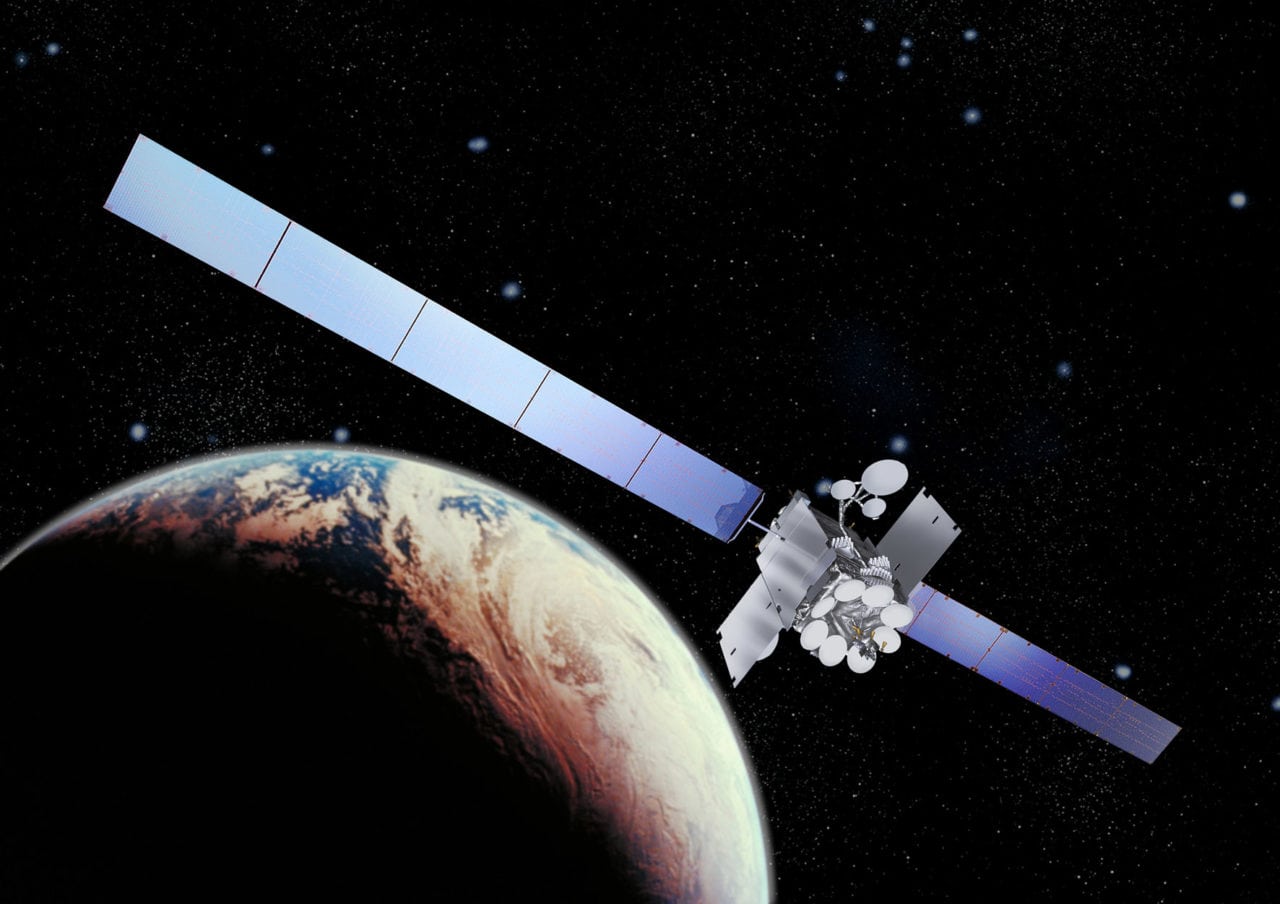[Avionics Today 09-15-2014] Honeywell and Inmarsat are expanding their prior agreement to bring global connectivity to business and commercial aircrafts. The companies are planning on developing onboard hardware and network capabilities for government and military customers alongside exclusively developing, producing and distributing hardware that will enable users to connect to Inmarsat’s Global Xpress (GA Aviation) constellation.
 |
| Inmarsat I-5 in flight. Photo: Boeing. |
One satellite in Inmarsat’s I-5 constellation is already in orbit and began delivering Ka-band network services on July 1. When the next two satellites are launched and coverage becomes available in 2015, Honeywell plans to be prepared to make sure both commercial and military aircraft have access to the global coverage the Inmarsat network will provide.
“On the commercial side, we have an exclusive arrangement with [Inmarsat] on the [Air Transport and Regional] ATR and [Business and General Aviation] BGA to provide global connectivity. And, as a parallel activity, we’ve also signed a [Memorandum of Agreement] MOA with Inmarsat to become a provider for military terminals on the government side of the business,” explained David Popelka, director of marketing and product management at Honeywell Aerospace.
Popelka believes that opportunities for the hardware won’t be segmented to aircraft or region, but will appeal globally to the likes of the VIP; intelligence, surveillance and reconnaissance; and tactical transport communities once hardware becomes available next year.
“We’re seeing opportunities, for both international and domestic markets. We’re seeing a strong pull for this everywhere because the capability is a global capability so it isn’t just a [Contiguous U.S.] CONUS network or European or other,” he said, noting that opportunities are already presenting themselves throughout the world.
And, while Honeywell is anticipating popular response to the hardware, it’s no doubt that providing government customers with connectivity and hardware has some challenges. To ensure safety, the connection has to be secure and complete. While passengers on a long commercial flight might become annoyed at spotty coverage, losing a connection could be dangerous and deadly for military clients.
“What you’re worried about here is the access or assured access at the point of need, we want to make sure that no matter where you go you have the connectivity. The I-5 Ka-band network along with our terminal is going to give our government or military operators the ability to have this high-speed connectivity no matter where they go,” said Popelka.
Outside of security, the government terminals will differ from the commercial ones already in place in that users on the military side of the network will be able to operate on both the commercial and government side with expanded capabilities that “will allow access to the high capacity military spot beams, also known as [High Capacity Military] HCM. That gives more capability to government and military users,” Popelka said.